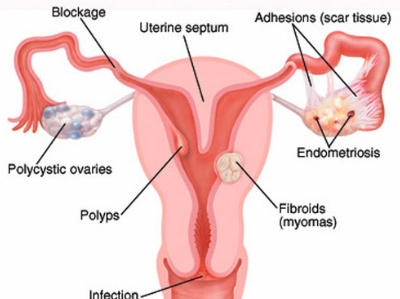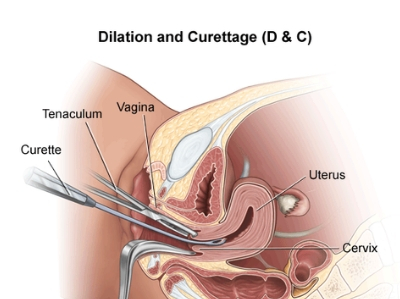Advantages of laparoscopy and hysteroscopy in the treatment of infertility
- Many diseases and abnormalities of the abdomen and pelvis can be safely treated using laparoscopy.
- Special laparoscopic instruments allow the surgeon to incise, biopsy, cauterize, or vaporize problem areas without the need for a large abdominal incision.
- Smaller incisions mean less discomfort and pain and reduced recovery time. Laparoscopic patients typically can return to normal activities after only two to three days of recovery.
If your fertility specialist suspects that you might have endometriosis, he/she may recommend a laparoscopy to confirm this diagnosis. Treatment depends on the extent of the condition and other symptoms that you may have.
It may involve surgical removal of the endometriosis and associated scar tissue at the time of the laparoscopy or hormone treatment to suppress the menstrual cycle and inhibit the growth of endometriosis.
If treatment for endometriosis does not result in a successful pregnancy, IVF will often be an appropriate option. Your fertility specialist will advise you on the most appropriate combination of treatments.
If you have any tubal damage or abnormality, this will be diagnosed during the laparoscopy. Some of these conditions may adversely affect your chances of success with IVF unless treated.
Your fertility specialist may recommend tubal surgery before starting IVF treatment in order to improve your chance of natural conception.
If tubal surgery does not result in a successful pregnancy, or where damage to the tubes and other pelvic organs is so severe as to make surgery unlikely to be successful, IVF will be the treatment option with the best chance of success.
Microsurgery may be used for procedures such as the reversal of sterilization (tubal anastomosis), the re-opening of blocked tubes (salpingostomy) and the removal of scar tissue around the uterus, tubes and ovaries (adhesiolysis).
Microsurgery involves specialized operative techniques, including the use of an operating microscope. Surgeons trained in microsurgery use these skills and techniques for the repair of very small structures or obstructions in the fallopian tubes.
Hysteroscopy uses another small-diameter telescope called a hysteroscope. This enables your fertility specialist to assess the uterine cavity for abnormalities such as polyps, adhesions or fibroids.
It is similar in technique and provides detailed information about the endometrial cavity and also offers both accurate diagnosis and the option of treatment during the same procedure.





